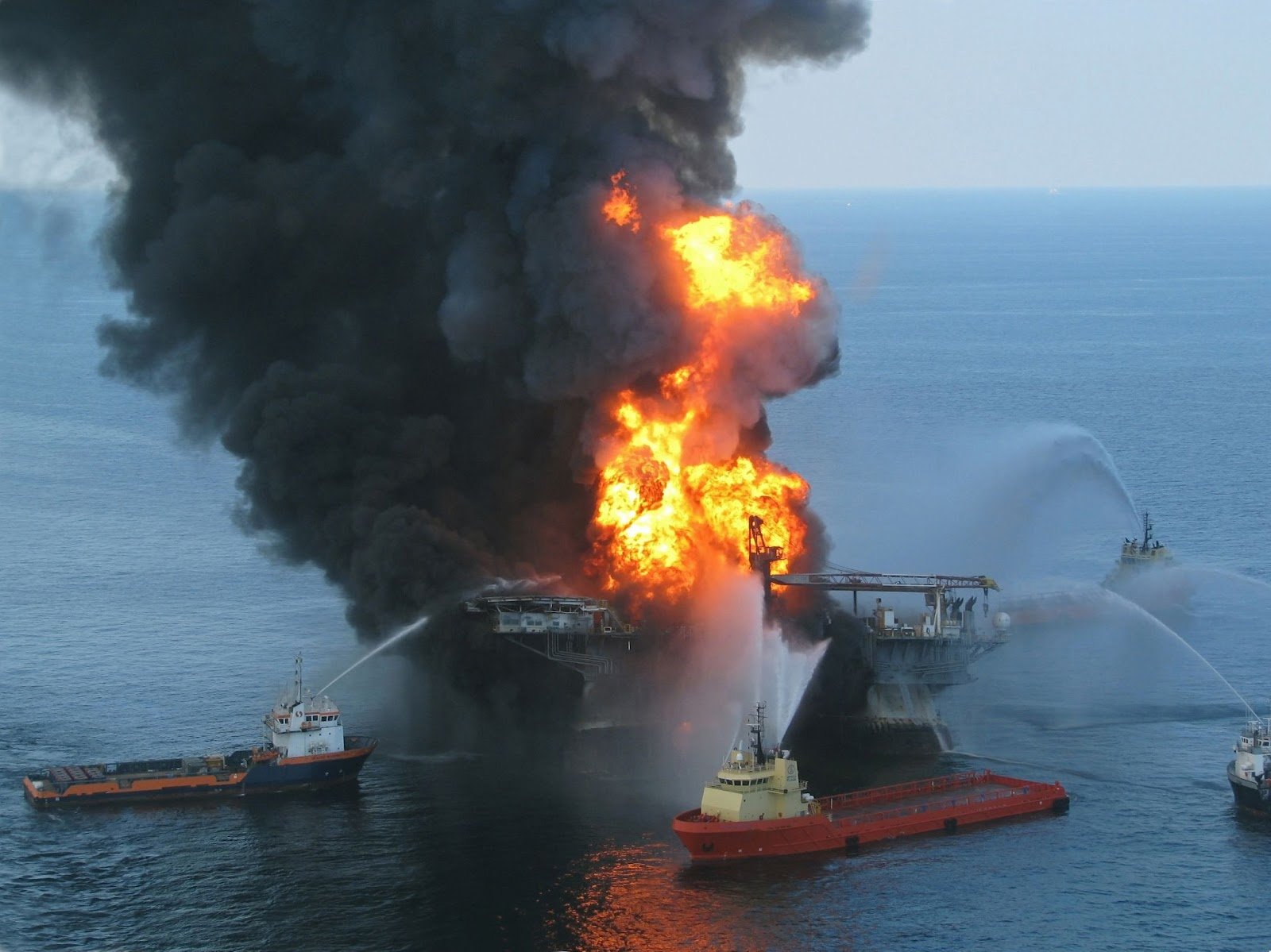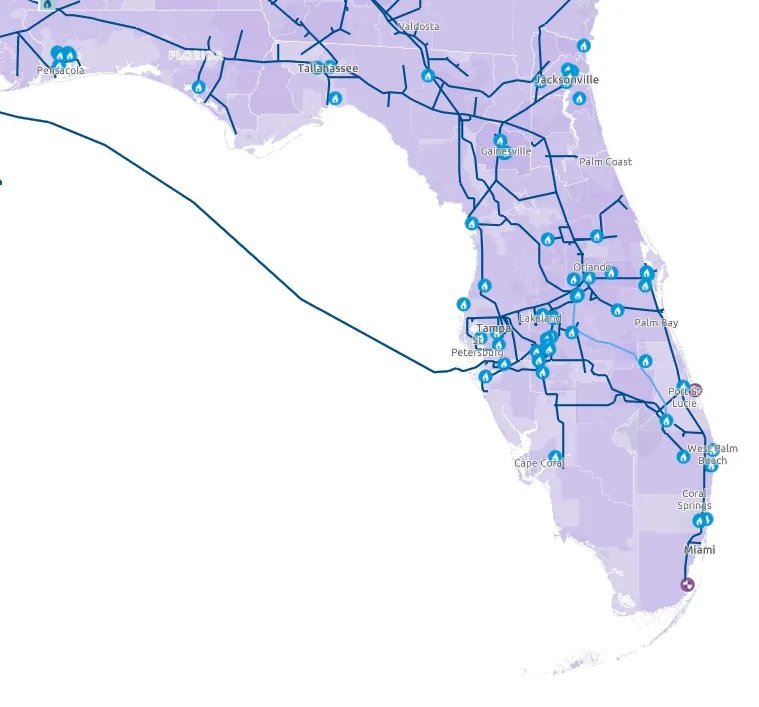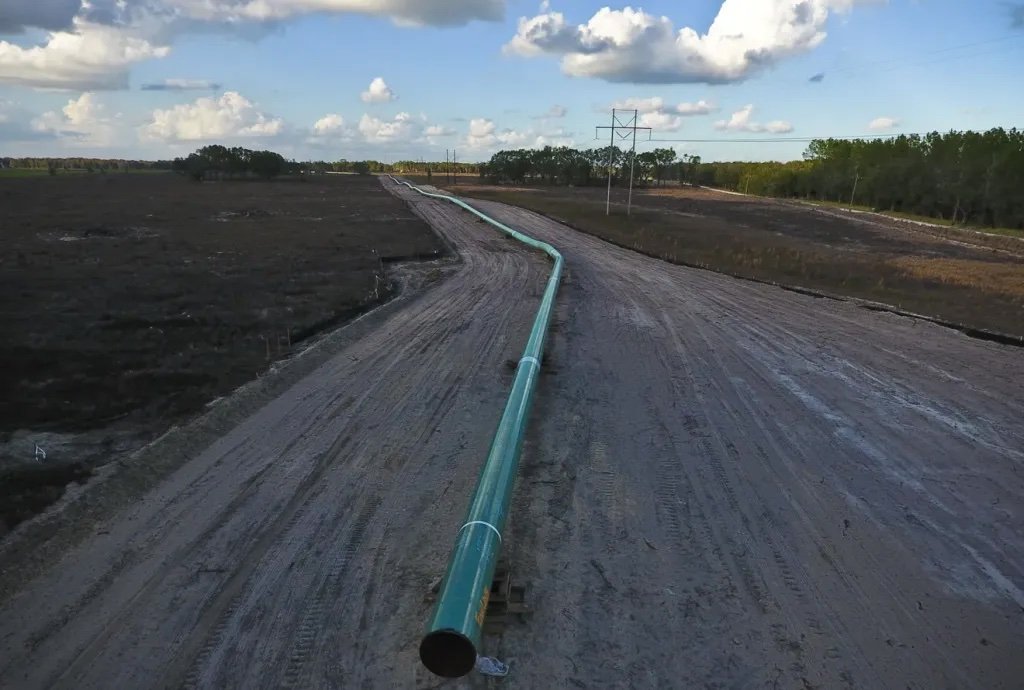Revealed: 75% of Florida's Electricity Generated From One Volatile Fuel
Florida’s biggest power company likes to talk a lot about solar energy.
You’ve probably seen the ads from Florida Power & Light, the state’s largest power company, touting their commitment to solar energy. The impression these ads give is solar is a major part of their energy portfolio. In fact, the opposite is true. Here are the facts.
Screen grab from FP&L Advertisement. – Florida Power And Light Youtube Channel
Here’s the reality: natural gas is the primary source of fuel for all of Florida’s major electricity companies. According to the U.S. Energy Information Administration, Florida is the second-largest producer of electricity in the nation, after Texas. According to their 2021 data, about three-fourths of Florida’s total in-state electricity was generated from natural gas. And out of our state’s 10 largest power plants, 8 of them are fueled by natural gas. Natural gas has fueled the largest share of Florida’s electricity generation since 2003, when it surpassed coal for the first time. What about renewable energy sources like solar? According to EIA sources from 2021, renewable energy sources account for only about 6% of Florida’s total electricity generation.
Why this reliance on natural gas is a problem for Florida’s families:
Price fluctuations are very real with natural gas. Florida’s largest electric companies, Florida Power & Light, Duke, TECO, FPUC, are all investor-owned companies that have been given monopolies to sell electricity in the territories they serve. Whenever there are big price fluctuations in the natural gas market, these companies pass these costs on directly to their customers. The results of this? Major hardship for Floridians who don’t have extra padding in their monthly budgets to pay hundreds of dollars more in electricity costs.
U.S. Natural Gas Electric Power Price — Monthly Prices. Source: U.S. Energy Information Administration
The myth of “clean” natural gas:
The Deepwater Horizon explosion and oil spill occurred on April 20, 2010, after a surge of natural gas blasted through a concrete core, traveled up a riser to the platform of the Deepwater Horizon, where it ignited, killing 11 workers and injuring 17. The resulting spill has been called “the largest marine oil spill ever,” spilling onto 125 miles of beaches, including Florida’s panhandle. Image: U.S. Coast Guard
One of the phrases you may have heard from the energy monopolies’ advertisements: “Clean, American-made natural gas.” Let’s be clear about this: natural gas is not “clean”, despite years of marketing selling it as a clean-burning low-carbon fuel. Remember, natural gas is primarily (90% or more) methane, one of the most potent greenhouse gases on the planet. And it is extracted in the same dirty way that oil is extracted: often in offshore drilling rigs in the Gulf of Mexico, which have resulted in some of the worst environmental disasters on Florida’s beaches. And it’s also not always “American-made”: natural gas is a global market, and the U.S. imported about 3 trillion cubic feet of natural gas in 2022.
Miles of pipelines
Transporting natural gas is also dangerous and disruptive to the many communities which have pipelines running through them. Florida receives nearly all the natural gas it consumes from the Gulf Coast region via major interstate and subsea pipelines. Pipelines entering Florida bring natural gas into the state through Alabama and Georgia. One subsea pipeline runs 745 miles across the Gulf of Mexico, forming an offshore link from the Mississippi and Alabama border to central Florida. According to the Federal Office of Pipeline Safety, Florida has 29,860 miles of gas pipelines.
A map of the pipelines that bring natural gas into Florida, along with the network of natural gas-fired power plants. Source: EIA
All pipelines eventually leak
The Sabal Trail Transmission Pipeline, a 515-mile long natural gas pipeline, runs through north central Florida, including parts of Alachua, Levy, Gilchrist and Marion Counties. | The Gainesville Sun
Florida’s vast network of tens of thousands of pipelines, while crucial for gas distribution, is vulnerable to leaks. As we remember all too well, leaks have far-reaching economic and environmental consequences for millions of Floridians. When the Deepwater Horizon spewed millions of gallons of oil into the Gulf of Mexico, Florida experienced a greater loss in employment than any other Gulf state, losing approximately 80,000 jobs.
Another example of the potential hazards associated with pipelines occurred in 2020, as documented in a federal incident report. The Florida Gas Transmission, responsible for an 18-inch transmission pipeline, experienced a rupture that resulted in the release of a staggering 12 million cubic feet of natural gas into the atmosphere. The incident had immediate repercussions, causing the closure of the Florida Turnpike in Palm Beach County for several hours and necessitating shelter-in-place orders and evacuations. This alarming incident serves as a vivid illustration of the risks inherent in pipeline operations.
Regrettably, the issue of pipeline leaks extends beyond Florida and pervades the entire United States. A report by the U.S. Public Interest Research Groups reveals a disturbing trend: significant leaks occurred in U.S. natural gas pipelines approximately every 40 hours from 2010 to 2021. These leaks have had devastating consequences, resulting in 122 fatalities, 603 injuries, and nearly $4 billion in property damages over that period. Tony Dutzik, Associate Director and Senior Policy Analyst at Frontier Group, aptly reminds us that “Leaks, fires, and explosions are reminders that transporting methane gas is dangerous business.”
Pipelines are vulnerable to cyberattacks
On May 7, 2021, a ransomware attack on Colonial Pipeline, an American oil pipeline system, captured headlines around the world with pictures of snaking lines of cars at gas stations across the eastern seaboard and panicked Americans filling bags with fuel, fearful of not being able to get to work or get their kids to school. Colonial Pipeline carries gasoline and jet fuel mainly to the Southeastern United States. The Colonial Pipeline Company halted all pipeline operations to contain the attack, and paid around $4.4 million to the hacker group with the assistance of the FBI.
While this pipeline attack was on an oil pipeline, the U.S. Intelligence Community issued a stark warning about the vulnerability of all pipelines in its recent Annual Assessment, noting that “China almost certainly is capable of launching cyber-attacks that could disrupt critical infrastructure services within the United States, including against oil and gas pipelines, and rail systems.”
Moving to solar
The only choice consumers have to get away from the price volatility and other downsides of natural gas is to go off the grid – not a realistic choice for most people – or to stay on the grid and install rooftop solar panels which sometimes produce excess power which can be sold back to the power company – a process called net metering.
Now, the number of Floridians who actually do this is small. There are over 100,000 Florida homeowners who have installed rooftop solar, around 1% of all electric customers in the state. There are a few barriers for other homeowners in taking this leap. Price is a big one, but prices are going down.
Solar is now cheaper than natural gas in many instances
Solar energy shines as a bright alternative to dirty and dangerous natural gas. Despite upfront costs, an increasing number of Floridians are transitioning to solar energy, motivated by its affordability and stability. Reports from 2022 declared that solar energy is now 33% cheaper than natural gas, making it a promising, long-term solution.
Florida’s energy future should be powered predominantly by solar energy, aligning with its moniker, “The Sunshine State.” Solar energy offers long-term price stability, enhanced security against cyber threats, and a significantly lower environmental impact. It is another reason you may see that statistic about 75% of Florida’s electricity coming from natural gas start to change. It will be up to the big utility companies to turn their PR into reality and build more large-scale solar projects.





